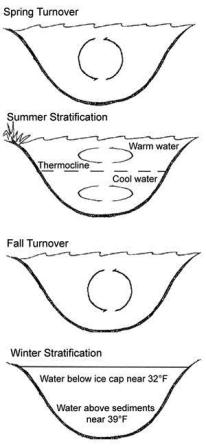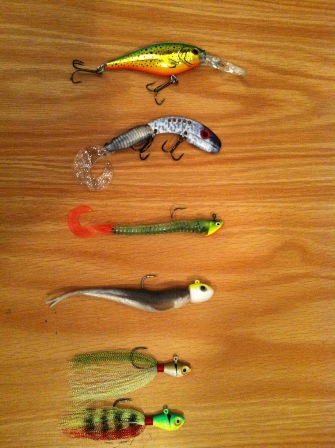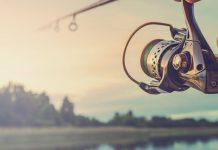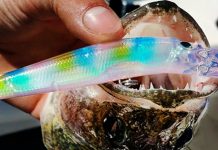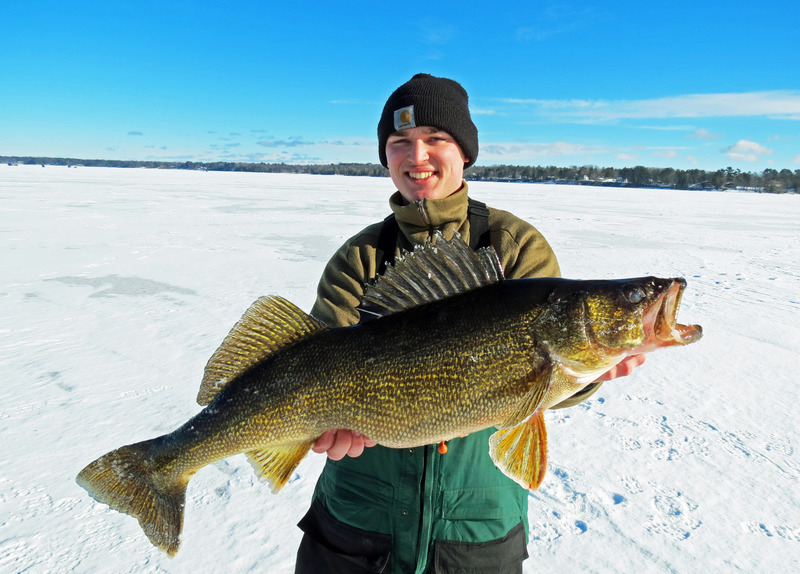Both spring and fall are synonymous for monster walleyes. However, they are both very different games in both rivers and lakes all over the Midwest. Fall walleye fishing can be some of the most productive, IF you have a good understanding of the changes in the water, as well as the fish. Most people are aware of the phenomenon known as “The Turnover”.
When a lake “turns over”, the more oxygen-rich surface water is cooled by the air, increasing its density, which in turn causes the water to “sink” to the bottom. Typically, this change occurs between 50 and 55 degrees Fahrenheit. Following this change, the baitfish, and game fish alike follow the oxygen-rich water. The problem most anglers run into is being able to pattern the fish. During the transitional time, it can be very hard to do, even for the pros. Most walleyes are going to be scattered. Some will be suspended, others tight to the bottom.
The use of quality electronics is key during this odd transitional stage. Typically, however, with consistent weather patterns and a steady temperature drop, this stage tends to only last a few weeks. By the end of the turnover process, the fish will fall into much more predictable patterns in deeper waters. Using Fishidy, you can easily keep track of spots, and even begin to formulate patterns by seeing where you were getting fish, and where you were striking out. Fish will still cling to structure, however, do not count on your favorite rock pile to produce, as the fish will be following the well oxygenated water more so than structure points.
One misconception about fall fishing in general is that you need to fish slower because the fish’s metabolisms are starting to slow down. In fact, the fish’s drive to feed heavily before ice can be downright vicious, and will most of the time warrant a steady, quick-paced approach. Another thing most people think is that you either need to go really big, or really small with presentations. This can be true, at times, especially during the transitional turnover period. Just like any other time of the year, let the fish tell you what they want. It can be somewhat frustrating at times, but be sure to equip yourself with a variety of options.
During the fall, and especially during the transitional period, I will carry a variety of crankbaits, crawler and minnow harnesses, blade baits, and jigs in the boat. Some days a low and slow jigging approach can be the key for lethargic fish, and the next the flash and vibration from a blade bait could trigger violent reaction strikes, so be prepared to switch it up!
A few of my absolute favorite fall baits for both lakes and rivers are size 7 Berkley Flicker Shads, Vibrations Tackle Echotail blade baits in the 1/4 to 1 oz size, Lazer Sharp Walleye Standup Jigs tipped with a Berkley Powerbait Ringworms, 1/8 to 1/4 oz jigs tipped with Berkley Gulp, various hair jigs, as well as a few hand tied live bait rigs.
Each bait has its merits, and the only way to know which will be hot is to change baits and locations often. With these few tips, you will be sure to put more walleyes in the boat this fall!

